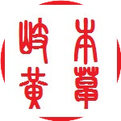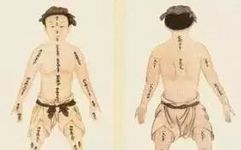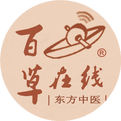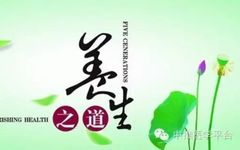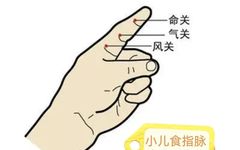The Application of Collaterals in Clinical Orthopedics
This post is a compilation of my lecture in the QQ group of the World Manual Medicine Federation (Group Number: 327133248). In Traditional Chinese Medicine (TCM), the method of diagnosing and treating diseases often employs analogy and symbolism, such as categorizing the human body according to the Five Elements: Wood, Fire, Earth, Metal, and Water. … Read more





